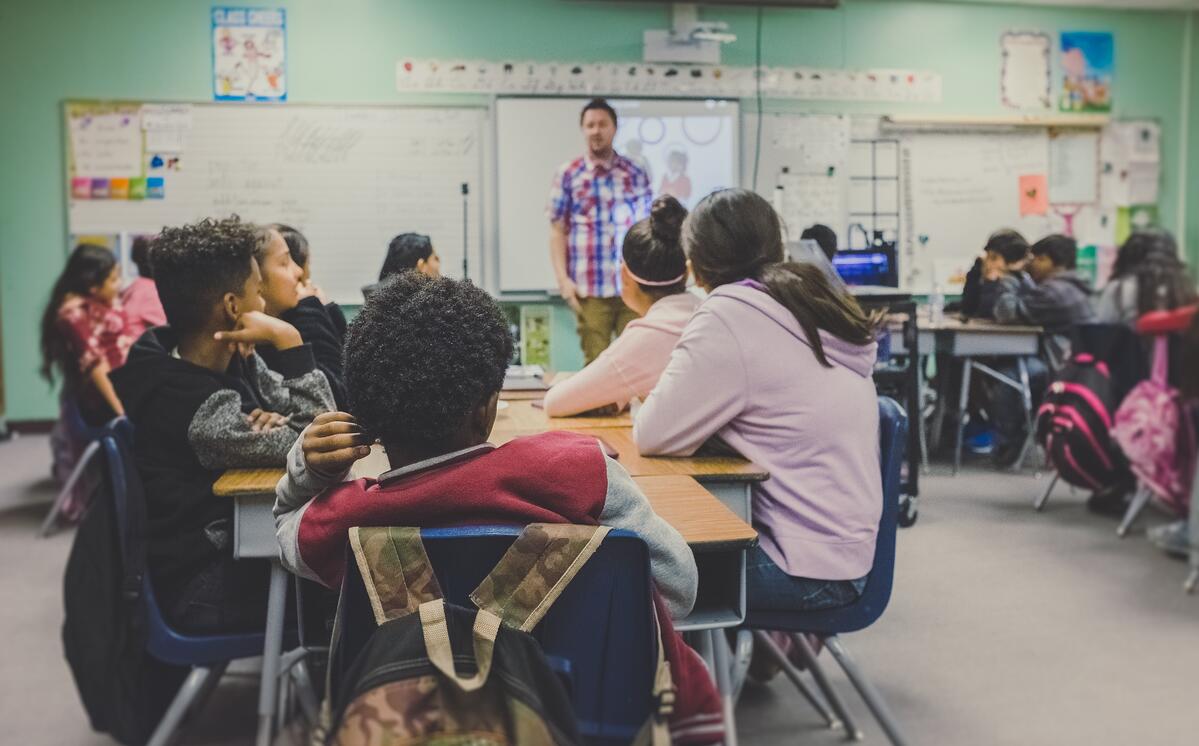Summer has officially come and gone and now, it’s time for kids to go back to school. Along with their new backpacks and freshly sharpened pencils, many children will bring some anxiety and stress into the new school year (especially after the past year of navigating school during a pandemic).
As parents, we can struggle with where to even begin in talking to our children about the anxiety of going back to school. So, Safe Conversations Trainer, Keva Ward, lined out some tips for how to engage in this topic with your child.
Be Curious
You may see signs that your child is anxious about going back to school, but they don’t have the words to share those emotions. Rather than approaching the conversation from a “knowing place,” (that can feel judgmental or uncaring to your child) shift your mindset to a “not knowing” place to open up dialogue. Ask questions that show your child you are genuinely curious about their feelings, not simply judging or dismissing them. Use this as an opportunity to learn what they are thinking about in the weeks and days leading up to the first day of school.
Let Them Know You’re Listening
When your child opens up to you, make sure you heard them accurately by repeating back to them what they said. In Safe Conversations, we call this method mirroring. Mirroring not only fosters a relationship built on respect, but it can also improve a child’s self-esteem when they know you are truly listening to them.
Validate Their Feelings
After a year of virtual learning in a home environment, going back to school can create worry and uncertainty. Your child’s experiences this past year and a half are spurring these feelings; when they share those feelings with you, connect with them where they are by validating their experiences. Use a validation phrase like, “It makes sense that being out of school this whole year would make it scary to think about going back.” Or “You haven’t been in a classroom all this time. It makes sense that you would feel anxious.” Remember that you are validating their experiences and the feelings they invoke; you are NOT necessarily AGREEING with whatever feelings or frustrations your child may express. You can disagree with someone and still validate that their experience and feelings are real, and they matter. This one step can open the door to a true connection and build a relationship in which your child feels heard, respected, and understood.
Teach Them Coping Mechanisms
Learning to manage anxiety starts with having the right tools in your toolkit. One of my favorites is the skill of self-regulation. Start with these four simple steps:
- Show your child how to focus on their breath and center themselves in their body. Kids as young as 3 and 4 years old can grasp this fundamental tool.
- Give them a journal and encourage them to write about their feelings each day. Begin by having them focus on gratitude and what good is happening outside themselves.
- Remind them that they are not in this alone. When they start feeling overwhelmed, help them remember that it’s natural and healthy to ask for help, seek support, and to turn to their friends and family to share their needs and concerns.
- Model for your child how to be there for others. Nothing in this life happens outside of relationship; the more skillful they are at empathy, validation, and genuine care for others, the more they will experience that in their own lives.
Your child needs comfort in knowing that they aren’t alone in their fears and anxiety about a new school year. As a parent, you can support a safe space for them to open up and create a sense of belonging at home and at school. Equipped with these tips and knowledge, you’ll be ready to help your child navigate these uncertain times with minimum emotional distress and maximum confidence in their relationship with you.

